This won’t be a shock to anyone who’s watched my channel for a while, but I’m a big fan of voice assistants and smart speakers. I have Sonos speakers, HomePods, and Google Home devices around my house. They’re a perfect compliment for a smart home to quickly adjust groups of lights, changing your thermostat temperature, setting timers in the kitchen, or listening to music and the latest news. Near the end of last year I reviewed the Google Nest Hub and also included it in my favorite tech of 2018 list. It’s compact size makes it easy to tuck way pretty much anywhere, but it’s ideal placement for me has been in the kitchen. But it’s also the compact size that has left me wanting something a little bigger for a larger room. And that’s where the Google Nest Hub Max comes in. Let’s take a look at what’s carried over, what’s new, and what my first impressions are of the Max vs. it’s smaller brother.
The same, but bigger
The Google Nest Hub Max isn’t the only large smart screen device on the market. You’ve got choices like Amazon’s Echo Show, Lenovo Smart Display, Lenovo Smart Tab, or the Facebook Portal. Although, I’m not sure who would actually trust a Facebook device in their home in the first place. And devices that have always-on cameras can be a bit creepier than an always-listening smart speaker. But Google nailed a few key design decisions around the Google Home Hub family of products that piqued my interest and got me to jump in and try them out.
Google’s really been nailing it when it comes to having a distinctive design, from their phones to their computers to their smart home devices. If I had to choose a word to describe their design aesthetic, it would be “friendly.” They offer bright and light colors, integrate a mixture of materials like plastics and fabrics, and try to soften the hardware with smooth bevels and rounded corners. On their phones, it makes them very tactile and feel good in the hand. With the Google Nest Hub, it looks like something that belongs in a home. The one I have here is a color scheme they call, “Chalk,” which is a nice light fabric wrapped around the base that gives the screen a floating look. This really blends well in my kitchen.
As much as I like the 7” display on the smaller Hub, the 10” display on the Max is a great step up. In the evenings I like to listen toand watch my news brief as I prepare dinner, but standing 8 to 10 feet away from a 7” screen isn’t ideal. The 10” screen is easier on the eyes and looks just as phenomenal as a photo frame. It’s sharp and gets very bright. It has the same ambient light sensors as the smaller model, so it adjusts brightness and color temperature based on the room. It looks incredible.
The UI is identical to what we’ve seen on the smaller version. And just like on that version, my one major nitpick is that some of the screens and gestures aren’t discoverable. Google does display the edges of cards from the right side or bottom of the screen, and during the tutorial they use animations to teach you to drag from the sides. It’s a decent implementation, but for someone that didn’t go through that tutorial, it won’t be completely obvious what to do from the top and bottom of the screen.
When the Nest Hub is in ambient mode and displaying photos, swipe from the right side of the screen to advance to the next photo. Tap anywhere and it will show you the overview screen, which includes the date, weather, and upcoming events from your calendar. Swipe the cards to the left and you’ll see more suggestions for you based on how you use Google products, like suggested YouTube videos to watch. Swipe down from the top of the screen to access smart home controls, and swipe up from the bottom to adjust brightness, volume, turn on “do not disturb,” set an alarm, or go to settings.
Just like the smaller version, there are also physical volume buttons behind the right side of the screen, and a switch to deactivate the camera and microphone. All of Google’s devices like these have switches that physically disconnect the cameras and microphones, which means it’s impossible for someone to spoof that they’re off when they’re actually on. But my biggest complaint with the Google Nest Hub Max is that there’s only one switch to disconnect both the camera and the microphone. I wish they had included two separate switches for those times someone might want to keep the microphone on, but disable the camera. You can turn the camera functionality off in software, but the physical switch is all or nothing.
And finally, I’m also happy with design choices Google made around the display itself. You can control how quickly the screen will go into ambient mode, the threshold of light that triggers it to turn off the screen at night, and even blank the screen after 5 minutes of inactivity. You can custom tailor your experience around what’s displayed, when, and for how long. Again, I tip my hat to Google for a job well done there.
So what’s new?
It’s not just the screen that got an upgrade, the speakers got a big upgrade as well. To say that this sounds better than the smaller Google Nest Hub would be an understatement. The Google Nest Hub Max has much bigger speakers that are also in 3stereo. Two forward facing tweeters and a rear firing woofer. I wouldn’t say this is on par with something like the Sonos One, but it’s close enough that it provides a good casual listening experience for something like a kitchen.
But the biggest addition is the 127-degree wide-angle camera, which unlocks some cool new features. All of these features are optional and you can configure which ones will be activated or not.
You can opt in to let the Nest Hub Max use face detection, so it can display your calendar and personalized notifications on the screen if you’re looking at it. This is a great addition for a multi-family household. I’ve found it to be pretty responsive and accurate and detecting myself and my wife when we’re in the room.
You can also setup Google Duo for voice and video calls across devices, which is kind of awesome. When someone calls you you’ll see a live video feed of them on the screen, but they won’t see you until you answer. And even then you can turn off the video feed on your end of the call. To answer you can just tap the button on the screen or tell Google to accept the call. Google also implemented a feature that’s similar to what the Facebook Portal does with their camera. As you move around your room, the display will automatically pan and zoom the image to keep you centered and in view. It’s a really nice feature for the person on the other end of the call and in my testing it felt pretty natural with the panning and zooming speed. It’s not jarring at all. And I was also impressed with how far off the side it was able to pan and zoom. Granted, it is a digital zooming feature, so the more it zooms in, the blurrier the image gets.
As part of Google Duo, you can also leave video messages for someone like a virtual post-it note hung on a refrigerator. On the Nest Hub Max or your phone, you can record the message and assign it to a specific person on your contact list. When the person is recognized on the Nest Hub Max, the first card that slides out will show them a thumbnail about the video message. All they have to do is tap on the card or ask Google to play your message. After it’s finished they’re given the option to record a video message response. It’s a pretty nice feature that seems perfect for something like a parent leaving a message for a child arriving home from school.
Another interesting, but not quite perfect feature you get from the addition of the camera is gestures. As of right now, Google has only added a pause and resume gesture, but they may be adding more over time. If you raise your hand towards the camera it will pause whatever is playing. That makes it easy to pause your music or video quickly without having to shout over the audio. To pick back up you just raise your hand again. It’s neat in concept, but in practice it’s a bit hit or miss. I haven’t had much luck getting it to work reliably, but knowing how Google works, this is a feature that will get better and more reliable over time.
And the final new feature is that the camera can be used as part of your Nest Camera setup. Setting it up is pretty easy, but as I discovered, there’s a wrinkle. In order to set this up as a Nest Cam, you have to set up Nest under your Google account. If you aren’t aware, Google has retired the Works with Nest platform as they are attempting to roll all of their smart home services under a unified Google Nest platform. The downside is that many Nest integrations with third party services like IFTTT will break if you migrate your Nest account into a Google account. I fall into that boat, so I ended up activating the Nest camera functionality under my wife’s Google account for testing. Once it’s set up, it works pretty much like you’d expect. You can set up recognized faces and home and away monitoring, which includes continuous video recording. When someone is viewing the Nest camera feed, the Google Nest Hub Max will put a notification on the screen and the green light will blink. For me, this isn’t a feature I plan on using, so I’ve turned off the Nest Cam integration.
Final Thoughts
I can hear some of you now, “but Matt … you’re always going on about privacy. Why would you want this in your home?” Well, for two reasons: 1) Google has done a good job with all of their Home hardware. The camera and microphone can be easily switched off with the physical switch for those times you want complete privacy. 2) Google has been making improvements on the privacy and data accessibility front over the past year or so. I’ve discussed that in other videos, which I’ll link to in the description. But the bottom line is that I’m comfortable with the privacy controls that Google has provided with the Google Nest Hub Max. Can Google get even better on the privacy front? Yes, absolutely, but I’m happy with how they’re approaching their Home devices right now.
The Google Nest Hub is surprisingly adaptable to however you want to use it, and it does so at a good price. My smaller Google Nest Hub has migrated to our finished basement where it’s currently working as a clock instead of a photo frame. We can initiate a Google Duo call between the Kitchen and the Basement if we need to communicate quickly. Even though the smaller Hub doesn’t have a camera, it’s still a really useful feature. With all of the great features that made the smaller Hub one of my top tech picks for last year, with the Hub Max you get some well-thought-out features with the addition of the camera, more robust sound, and an even bigger screen that works extremely well as a digital photo frame. Some of the new features, like the gestures, may have their quirks, but the customization options of the Google Nest Hub Max make me give it a big thumbs up.



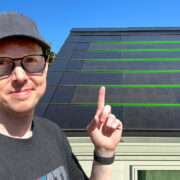
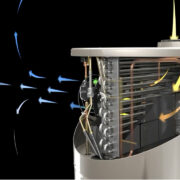

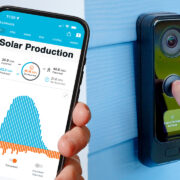
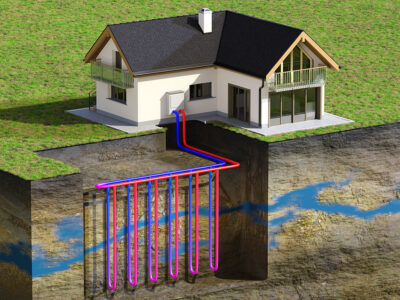
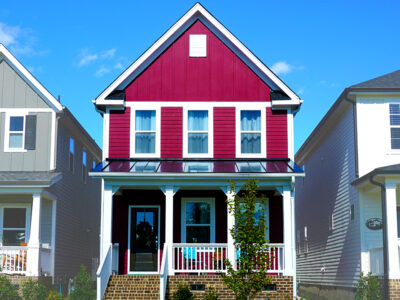
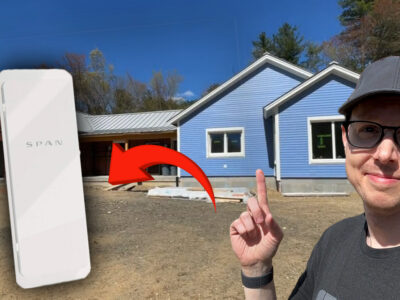
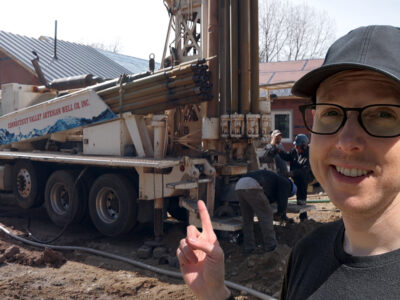


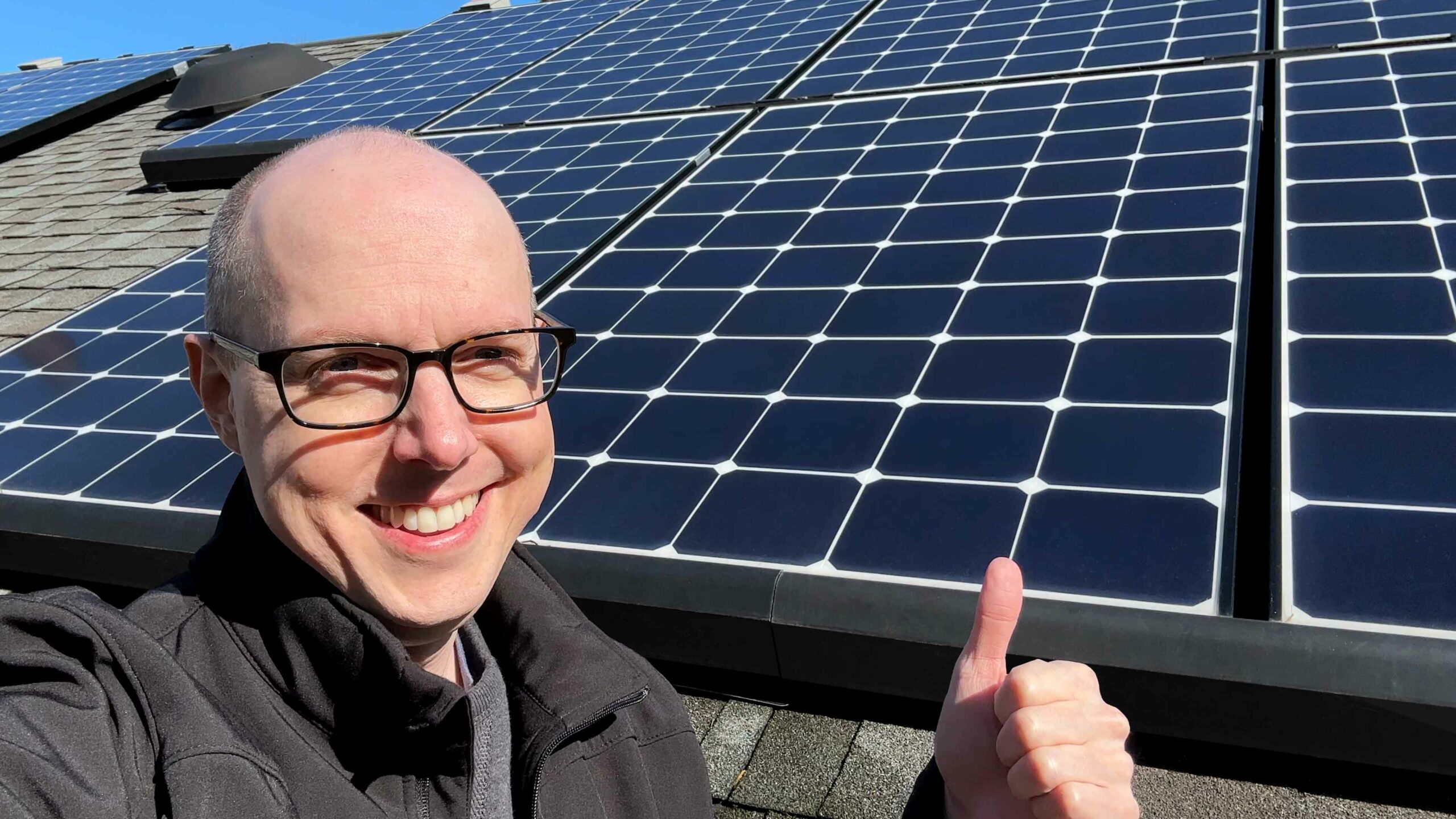

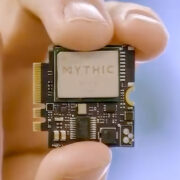

Comments